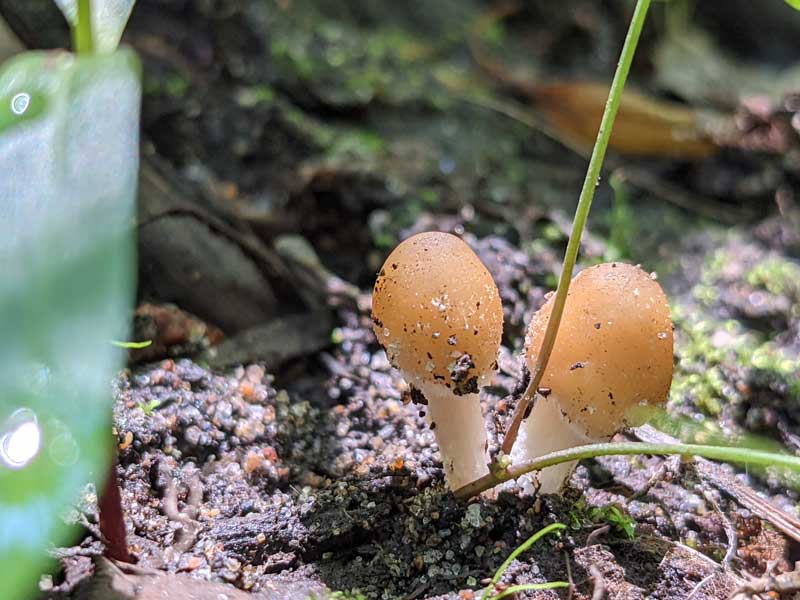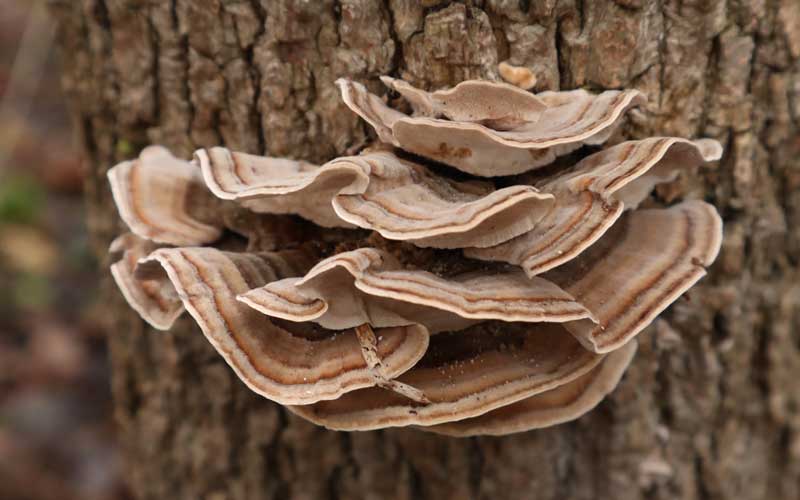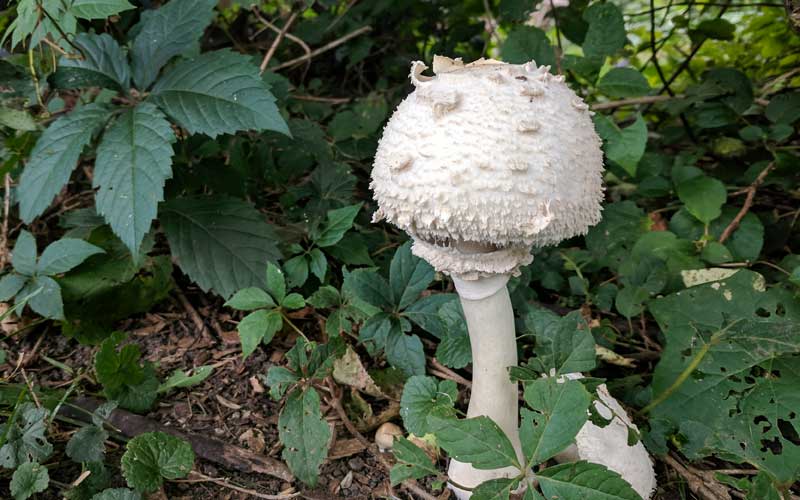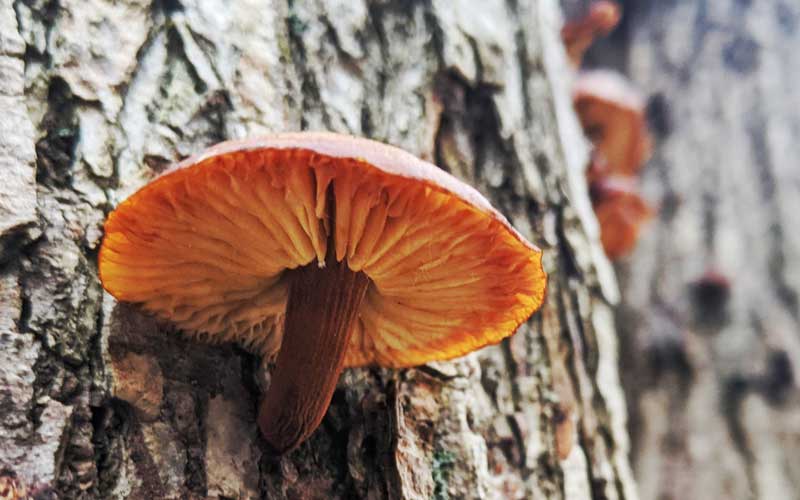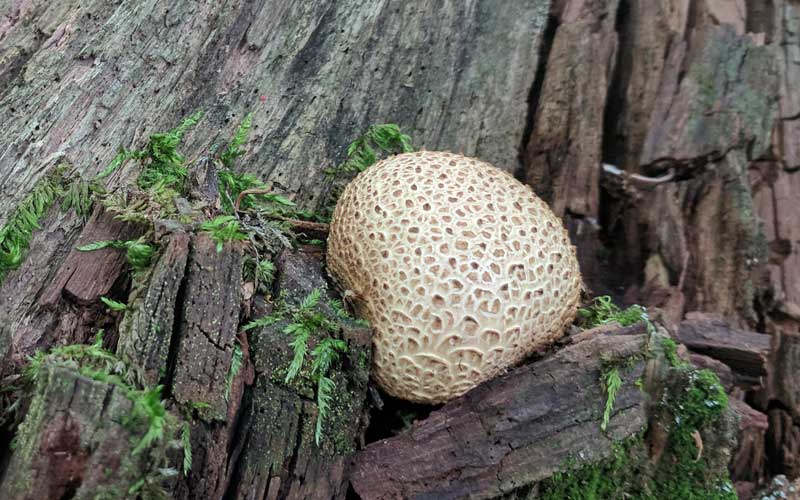- Home
- Mushroom Resources
- Got Questions?
- Do mushrooms impact the weather?
Do mushrooms impact the weather?
by Nathan
(Blainville, QC)

QUESTION:
I was alone in a coffee shop, when I heard part of a conversation at another table. I couldn’t pick out the details, and didn’t want to seen to be eavesdropping, but I heard enough to figure out they were talking about how mushrooms could impact weather systems.
That sounds weird, but fascinating to me. Is it true?
ANSWER:
You’re right… it is fascinating!
Mushrooms play a significant role in affecting weather, particularly in tropical rainforest ecosystems. Their impact on weather patterns is primarily through the release of spores, which act as nuclei for raindrop formation in clouds.
A little background… raindrops form around nuclei of solid material, like spores, pollen, dust, or even bacteria.
But mushroom spores seem to be the boss when it comes to forming raindrops. Mushrooms release an astonishing amount of spores into the atmosphere - an estimated 50 million tons annually.
These microscopic spores are ejected from the mushroom's gills at speeds of up to 4 mph, allowing them to be carried by wind currents into the cloud-bearing layers of the atmosphere.
Once airborne, these fungal spores serve as highly effective condensation nuclei. The structure and surface chemistry of mushroom spores make them particularly adept at attracting water molecules from humid air.
As water vapor condenses around these spores, it forms droplets that eventually grow large enough to fall as rain.
This process is especially important in tropical rainforests, where up to 90% of raindrops have been found to have a fungal spore at their core. The abundance of mushrooms in these ecosystems creates a self-perpetuating cycle: the moist environment supports fungal growth, which in turn promotes rainfall through spore dispersal.
The relationship between mushrooms and rainfall is so significant that it may influence broader weather patterns in forest ecosystems. In areas with large populations of mushrooms, weather phenomena can be notably dependent on the fungi's ability to disperse spores into the atmosphere.
Interestingly, this process also benefits the mushrooms themselves. When it rains, water droplets hitting mushroom caps help to propel more spores into the air, continuing the cycle.
This mechanism ensures the widespread distribution of fungal spores, promoting the reproduction and survival of mushroom species. The impact of mushrooms on weather highlights the intricate interconnections within ecosystems. It also raises concerns about the potential effects of climate change and deforestation on these delicate balances.
As forests face threats from human activities and changing climate conditions, the mushroom-rainfall relationship could be disrupted, potentially leading to altered precipitation patterns in affected regions.
In conclusion, mushrooms play a much larger role in weather patterns than their size might suggest. Through their spore dispersal, they act as nature's rainmakers, influencing precipitation in forest ecosystems and contributing to the complex web of interactions that shape our planet's weather systems.
I know… that’s a long answer… but hopefully helpful!
Best,
Nick





